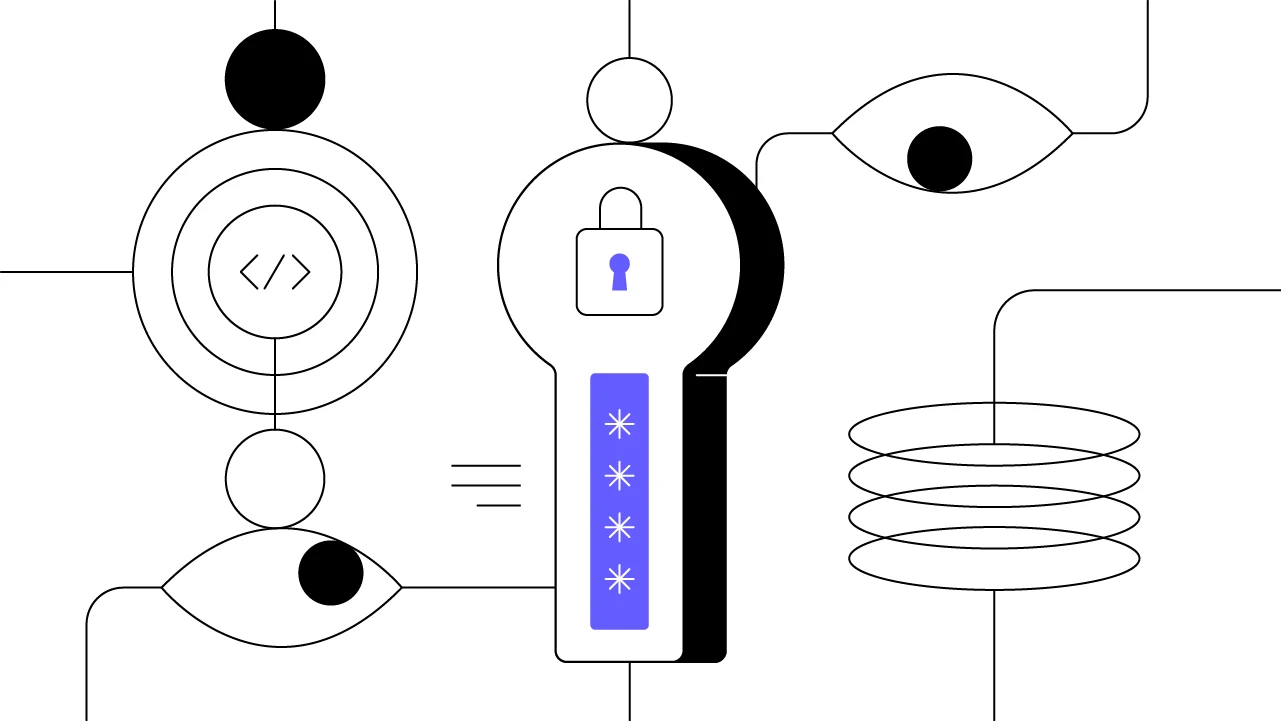Contents
IEOs and IDOs: An Evolution in Crypto Fundraising
Initial Exchange Offerings and Initial DEX Offerings are blockchain-enabled fundraising models with unique improvements as compared to ICOs and IPOs.
Updated October 21, 2021 • 5 min read

Summary
The 2017 Initial Coin Offering frenzy underscored blockchain’s potential to empower both individual investors and businesses looking to raise capital. At the same time, ICOs made it clear that more reliable levels of quality assurance and second-market liquidity provisions were necessary in order to drive more sustainable methods of blockchain-based fundraising. To that end, Initial Exchange Offerings (IEOs) and Initial DEX Offerings (IDOs) were created to improve on past fundraising processes.
Contents
Blockchain and Fundraising Before IEOs
Even as blockchain technology is rapidly developing in myriad fields, it has already radically transformed the way businesses and organizations can raise capital and fund projects.
The first iteration of blockchain-enabled fundraising was the Initial Coin Offering (ICO), a form of crowdfunding in which an organization sells cryptocurrency or tokens as a means of raising funds. ICO token sales can be open to anyone or limited to select investors. This form of fundraising is generally faster and less cost-prohibitive for companies than more traditional methods such as Initial Public Offerings (IPOs). Due to the ease of token generation and distribution and the lower barriers to entry for investors, ICOs skyrocketed in popularity in 2017 and accounted for approximately $4.9 billion in raised capital in one year alone.
However, since ICOs are not yet subject to any regulations, the ICO process can be quite risky and opaque. For example, many investors that bought in the 2017 ICO hype were eventually burned by low-quality projects or assets that were deemed unlicensed securities. As a result, both blockchain proponents and industry observers were united in their belief that while blockchain-enabled capital raises indeed conferred several potential benefits to fundraisers and investors alike, there was a pressing need for new approaches that might incorporate more reliable forms of quality control. This challenging set of demands eventually gave rise to Initial Exchange Offerings (IEOs).
The Rise of Initial Exchange Offerings
IEOs were first introduced in early 2019 and have since become a hugely popular way to launch new crypto projects. Like an ICO, an IEO involves the distribution of new crypto tokens to either a set of investors or the broader public. However, in an IEO the organization trying to raise funds has to partner with a cryptocurrency exchange, which acts as the facilitator for the actual token sale and distribution.
IEOs can confer a number of important benefits to fundraisers and investors alike:
Credibility: Because crypto exchanges are expected to conduct some level of due diligence before agreeing to partner on an IEO (and because, as many argue, they generally have a vested interest in conducting quality control for their customers), this process often lends a degree of legitimacy to the involved fundraiser. Many experts contend that IEOs have proven to be somewhat less risky than outright ICOs, which can often require users to visit unvetted project websites and sync their wallets with unaudited protocols.
Reach: Since an IEO is conducted on an exchange, the fundraiser is able to leverage the exchange’s existing user base. By selling and distributing tokens to this community, the fundraiser can gain an immediate following. With so many new crypto projects launching every week, it can be difficult for a blockchain startup to effectively market itself across different platforms and build a sizable community from the ground up. As a result, many crypto projects specifically launch IEOs in order to leverage the user base of their target exchange.
Liquidity: If an exchange facilitates a project’s IEO, it’s usually a clear indication that the exchange plans on listing the token on their platform, either immediately upon the IEO launch or in the near future. As a result, investors do not usually need to transfer their newly acquired tokens to a different platform or wallet, nor do they usually need to spend time looking for a marketplace that actively supports these tokens.
By providing credibility and quality control to new crypto projects via IEOs and offering liquidity for newly issued tokens, exchanges can play an oftentimes beneficial role for fundraisers and investors alike. However, it’s worth noting that this fundraising model has been criticized for being overly centralized, since it can make crypto exchanges the gatekeepers for new projects looking to raise capital and attract users.
Additionally, in most cases an organization looking to fundraise via an IEO has to offer financial compensation to the participating exchange. In some cases, the exchange may even restrict IEO participation to investors who are willing to hold a certain amount of the IEO’s native exchange token. As a result, crypto enthusiasts looking for a decentralized form of fundraising may be put off by this model. While some crypto exchanges have worked hard to mitigate these concerns by introducing features such as community voting for new IEOs and randomized token sale participation, an alternative form of decentralized fundraising has started gaining traction in recent years.
Initial DEX Offering (IDO)
An IDO is a fundraising method in which a coin or token is issued via decentralized exchange (DEX). A core difference between IEOs and IDOs is that an exchange’s permission is not required to conduct an IDO. Instead of exchanges, vocal community members vet projects and tokens, and then the tokens issued via IDO are listed on a DEX.
As of 2021, most IDOs follow these three steps:
Decentralized Approval: A fundraising project goes to a DEX launchpad, and if they meet the platform’s demands — usually some type of staking and whitelist requirements — they are permitted to conduct an IDO.
Public Sale: The project creates a token pool where users can buy “IOUs” of the token that the project wants to launch. In other words, the investors pay for their tokens in advance, but receive them upon the Token Generation Event (TGE), which usually happens shortly after the IDO itself. This way, instead of fixing the price, the issuer is able to conduct an auction which results in a demand-supply driven sale price.
Token Listing: Once the IDO is successfully concluded and the TGE takes place, the token is listed for trading on the DEX. Listing is done on automated market maker (AMM) exchanges like Uniswap and Balancer, and because of the decentralized and permissionless nature of these exchanges, listing usually doesn’t entail approvals or fees. The issuer can create a pool using its tokens and part of the sale proceeds.
Liquidity Incentivization: Some projects may also establish a liquidity incentivization to kickstart usage of their proposed product or service. Users are able to earn tokens by performing actions like providing liquidity for a platform.
Innovations in IDO Crypto Fundraising
A growing number of projects are simultaneously launching IDOs on multiple blockchain launchpads and releasing tokens on a combination of different smart contract platforms. These multi-chain IDOs allow the projects to capture a wider range of investors and place their stake in multiple blockchain networks, while also providing investors with more flexible fundraising participation options. Whether a project chooses to raise funds through an IEO on a centralized exchange (CEX) or through an IDO on a DEX, many experts contend that these two choices are gradually superseding the ICO option that paved the way for blockchain-enabled fundraising.
Cryptopedia does not guarantee the reliability of the Site content and shall not be held liable for any errors, omissions, or inaccuracies. The opinions and views expressed in any Cryptopedia article are solely those of the author(s) and do not reflect the opinions of Gemini or its management. The information provided on the Site is for informational purposes only, and it does not constitute an endorsement of any of the products and services discussed or investment, financial, or trading advice. A qualified professional should be consulted prior to making financial decisions. Please visit our Cryptopedia Site Policy to learn more.

Is this article helpful?


